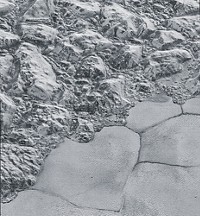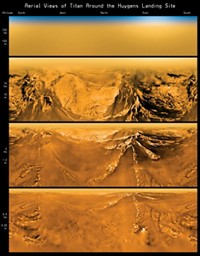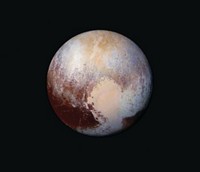Advertisement
Grab your lab coat. Let's get started
Welcome!
Welcome!
Create an account below to get 6 C&EN articles per month, receive newsletters and more - all free.
It seems this is your first time logging in online. Please enter the following information to continue.
As an ACS member you automatically get access to this site. All we need is few more details to create your reading experience.
Not you? Sign in with a different account.
Not you? Sign in with a different account.
ERROR 1
ERROR 1
ERROR 2
ERROR 2
ERROR 2
ERROR 2
ERROR 2
Password and Confirm password must match.
If you have an ACS member number, please enter it here so we can link this account to your membership. (optional)
ERROR 2
ACS values your privacy. By submitting your information, you are gaining access to C&EN and subscribing to our weekly newsletter. We use the information you provide to make your reading experience better, and we will never sell your data to third party members.
Physical Chemistry
New Horizons Gets Up Close And Personal With Pluto
Planetary Science: Spacecraft makes historic flyby of distant dwarf planet
by Elizabeth K. Wilson
July 15, 2015
| A version of this story appeared in
Volume 93, Issue 29

The NASA spacecraft New Horizons performed an historic, close-up flyby of the dwarf planet Pluto on Tuesday, after a 3 billion-mile journey that took nearly 10 years.
The New Horizons mission led by the Johns Hopkins University Applied Physics Laboratory and the National Aeronautics & Space Administration, has completed humankind’s robotic tour of the solar system: Spacecraft have now visited every planet.
Team scientists confirmed that New Horizons had collected the intended images and spectra during its close encounter of some 7,750 miles above Pluto’s surface. The craft is now speeding away from Pluto, but over the next 16 months will send back to Earth the data it took during the relatively brief flyby.
NASA planned a flyby instead of an orbiting mission around Pluto because the dwarf planet is so small—even smaller than Earth’s moon—and because its weak gravity would have required too much fuel, both costly and heavy, to keep the craft in orbit.
At a Tuesday briefing, John Grunsfeld, NASA’s associate administrator, told members of the media to expect spectacular new images beginning on Wednesday. The images should tell scientists more about Pluto’s surface composition and geology.
Telescopes, including NASA’s Hubble Space Telescope, have never been able to observe Pluto as much more than a smudgy ball. But recent images taken by as it approached Pluto show a detailed surface with a curious two-toned heart-shaped area. This large area is relatively unmarked by craters, which scientists suggest could mean Pluto has an active geology that produces smooth material that coats the surface.
New Horizons has also collected images of Pluto’s large moon, Charon, and its other smaller moons. A recent image of Charon shows an area on the north polar cap that is likely covered in sticky red-brown hydrocarbons, or tholins.
“I can’t express how it feels to have achieved a childhood dream of space exploration,” NASA’s Alice Bowman, missions operations manager, said to the exuberant audience at the briefing. “Tell your children, ‘Do what you’re passionate about.’ ”





Join the conversation
Contact the reporter
Submit a Letter to the Editor for publication
Engage with us on Twitter